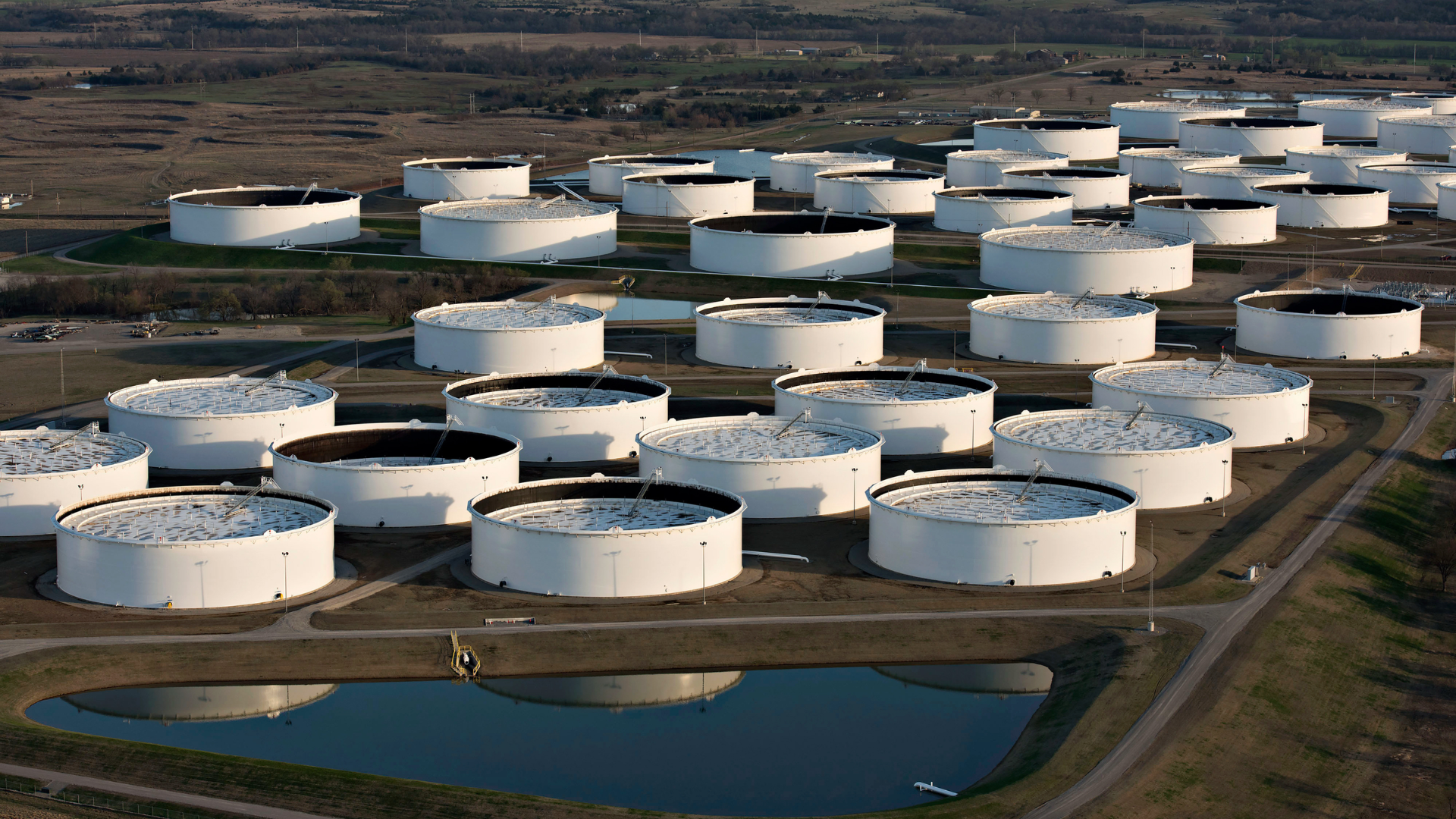
Oil Prices Hold Steady Amid Fed Rate Cut Speculations
TOKYO (Reuters)—Oil prices remained steady on Wednesday following gains in the previous two sessions. Investors shifted focus to the anticipated U.S. Federal Reserve interest rate cut. The market also finds support from concerns over potential Middle East violence, which could disrupt oil supply.
Brent crude futures for November dipped by 3 cents to $73.67 a barrel at 0053 GMT, while U.S. crude futures for October dropped by 11 cents, or 0.2%, to $71.08 a barrel. Both contracts had risen by approximately $1 a barrel on Tuesday due to ongoing supply issues in the U.S., the world’s largest oil producer, following Hurricane Francine.
Market Eyes Fed Rate Cuts and Middle East Tensions
Investors are now betting on increased demand driven by what could be the Fed’s first interest rate cut in four years. Meanwhile, supply disruptions in the Middle East continue to offer price support. Israel’s alleged attack on Hezbollah in Lebanon has raised concerns about further output interruptions in this key oil-producing region.
“Markets have calmed as concerns over hurricane damage and Middle East tensions have been factored in,” said Mitsuru Muraishi, an analyst at Fujitomi Securities. He added that investor attention is now on the Fed’s rate cuts, which could boost U.S. fuel demand and weaken the dollar, predicting a bullish trend in oil prices after Brent touched its lowest point since 2021 last week.
Many traders anticipate that the Federal Reserve will initiate a series of interest rate cuts with a half-percentage-point reduction on Wednesday. This expectation drives markets, putting pressure on central bankers to meet these predictions.
Tensions remain high in the Middle East, with Hezbollah vowing retaliation after pagers detonated in Lebanon, reportedly killing eight people and injuring nearly 3,000, including Iran’s envoy to Beirut. Israel has not commented on the attacks.
Oil prices are also bolstered by expectations that the Biden administration will seek to purchase up to 6 million barrels of oil for the Strategic Petroleum Reserve (SPR). If completed, this would match the largest oil purchase in the ongoing replenishment of the SPR, following a historic sale in 2022.
Data from the American Petroleum Institute (API) on Tuesday provided mixed signals. Oil stockpiles reportedly rose by 1.96 million barrels for the week ending Sept. 13, while gasoline and distillate stocks increased by 2.3 million. Analysts had expected a crude inventory drop of around 500,000 barrels, with official data from the U.S. Energy Information Administration (EIA) expected on Wednesday at 10:30 a.m. EDT (1430 GMT).










